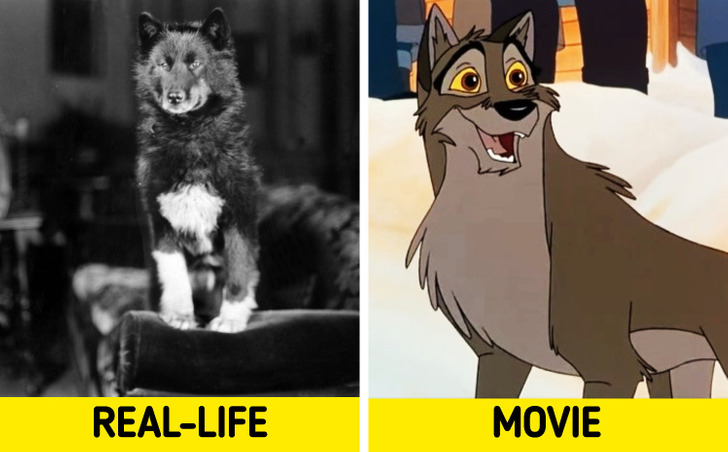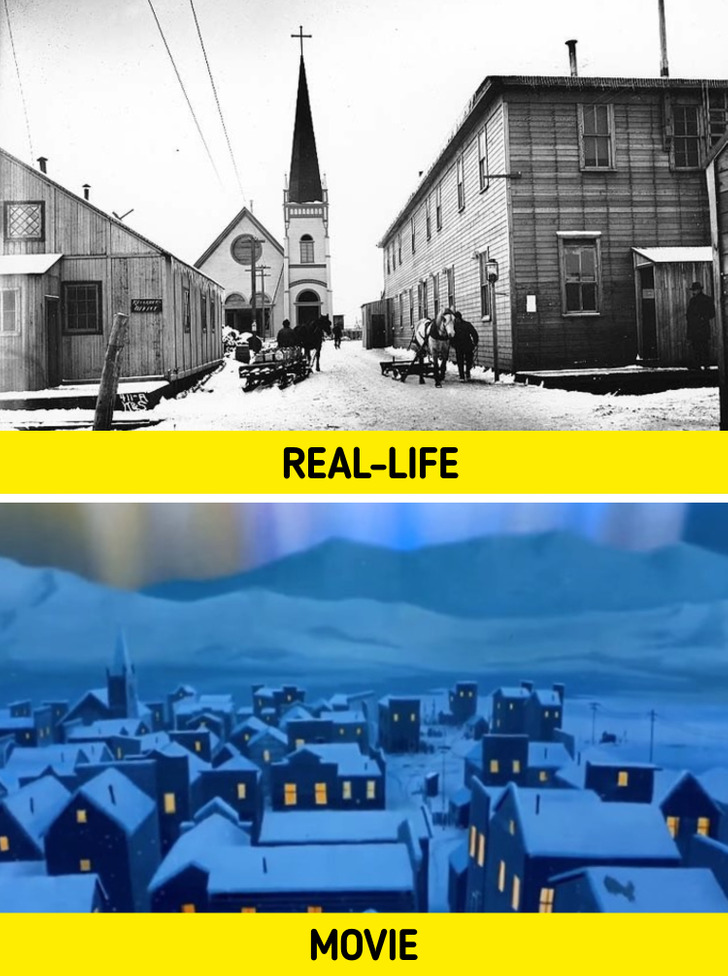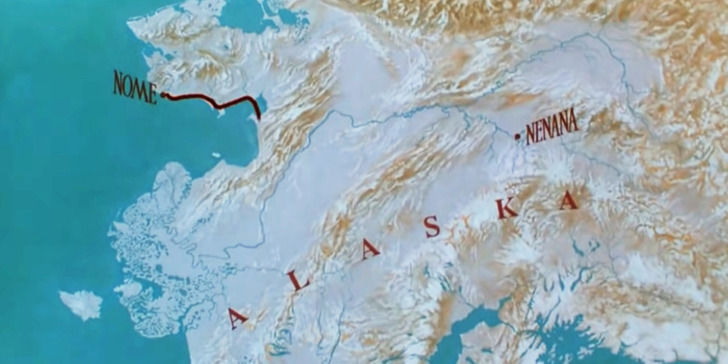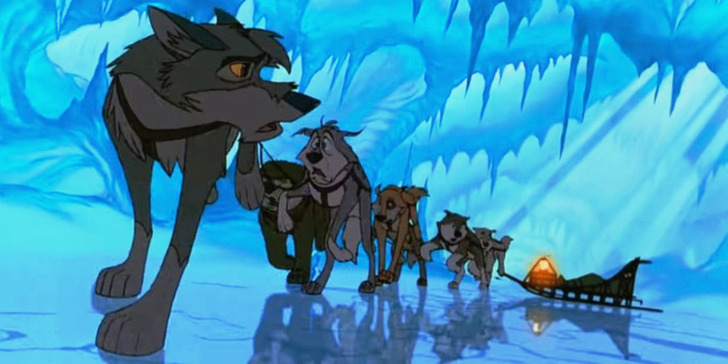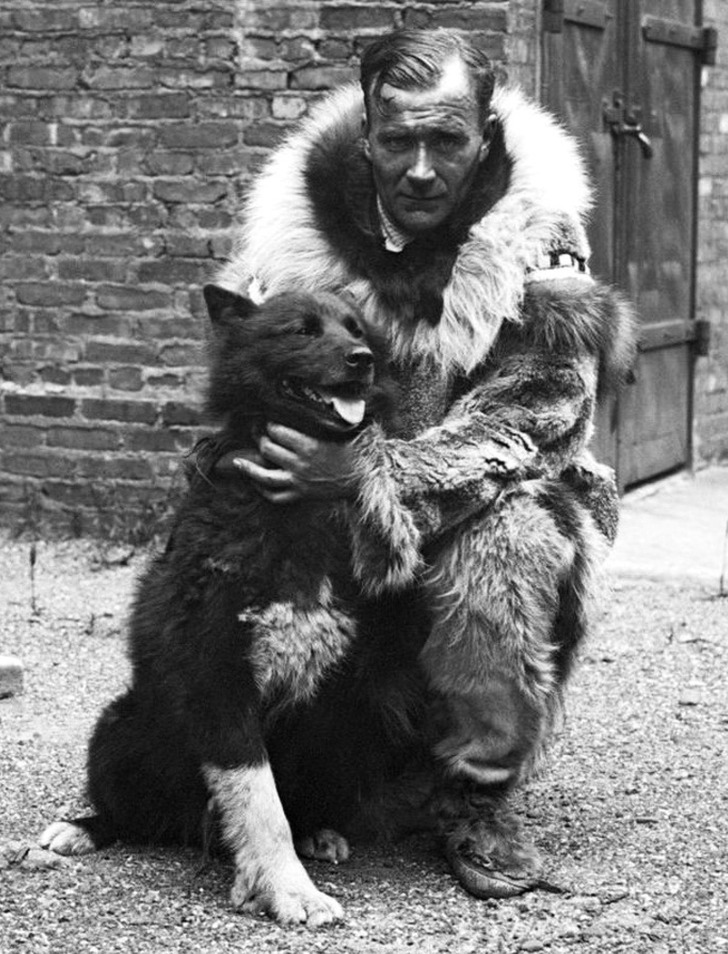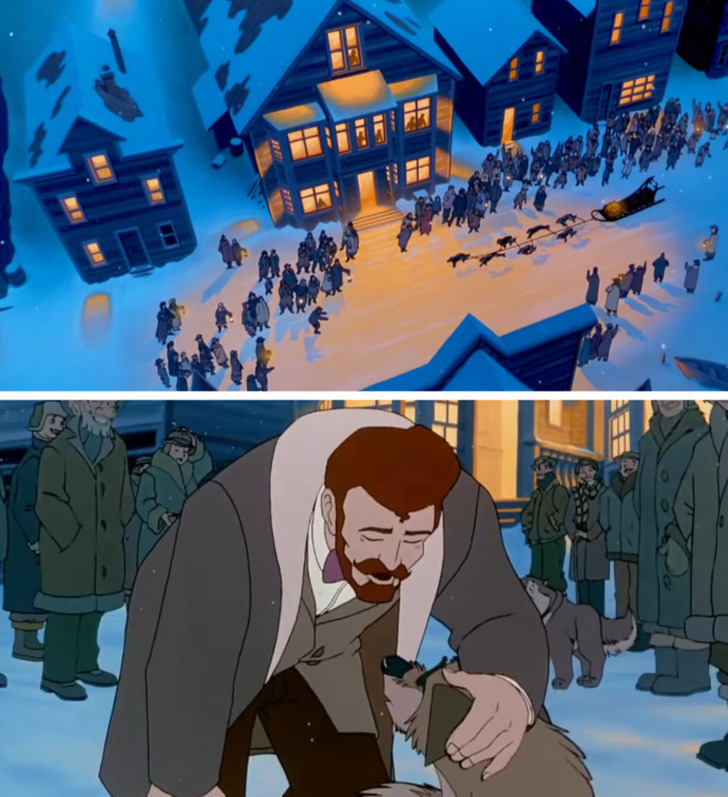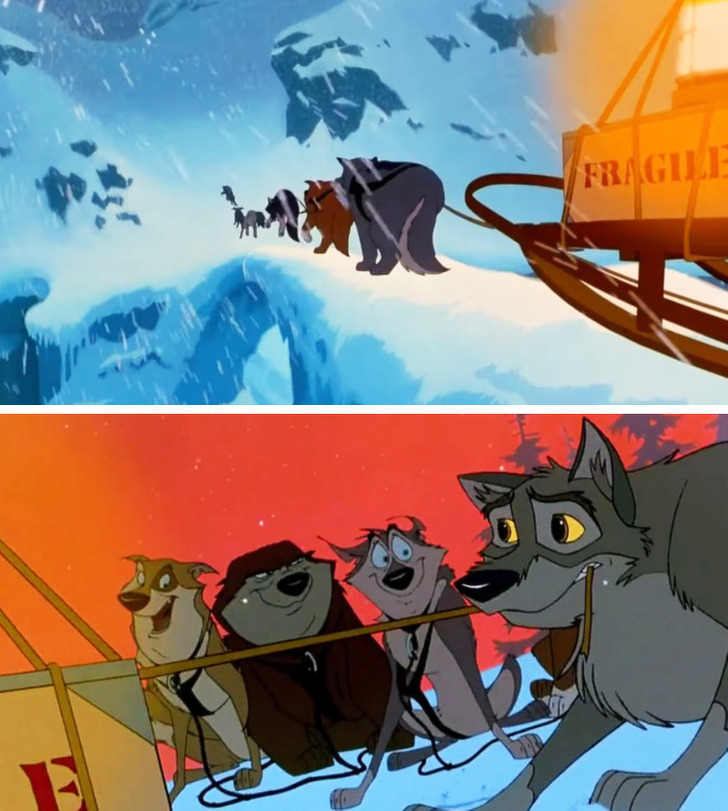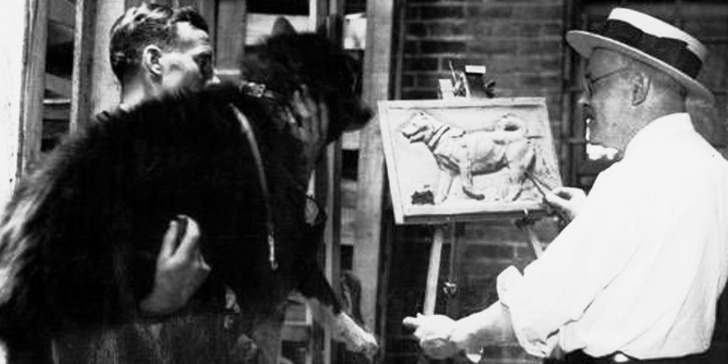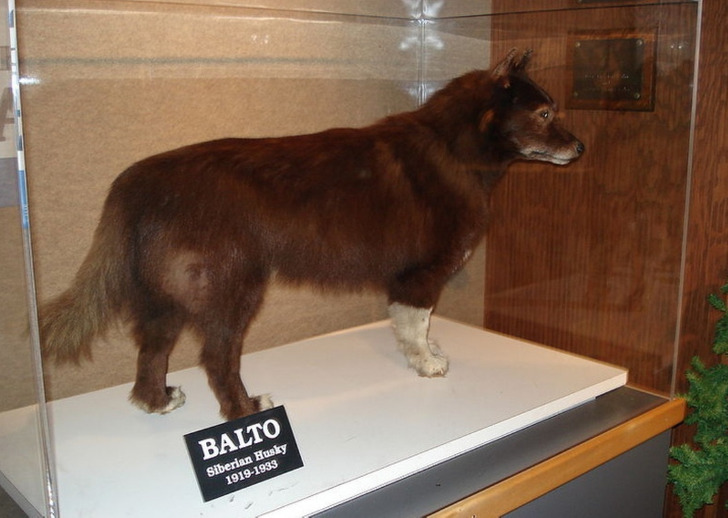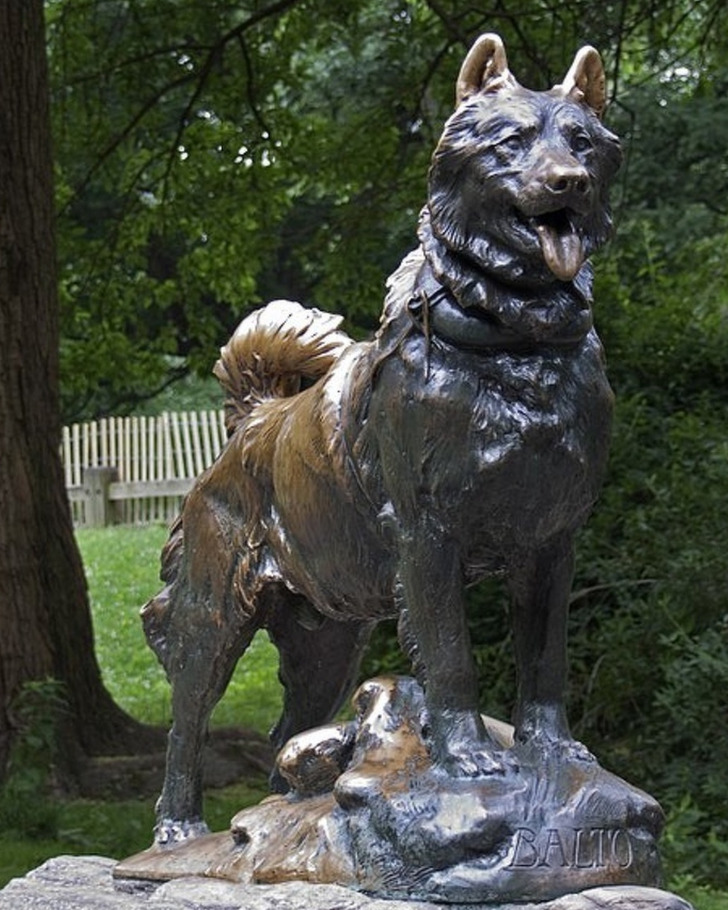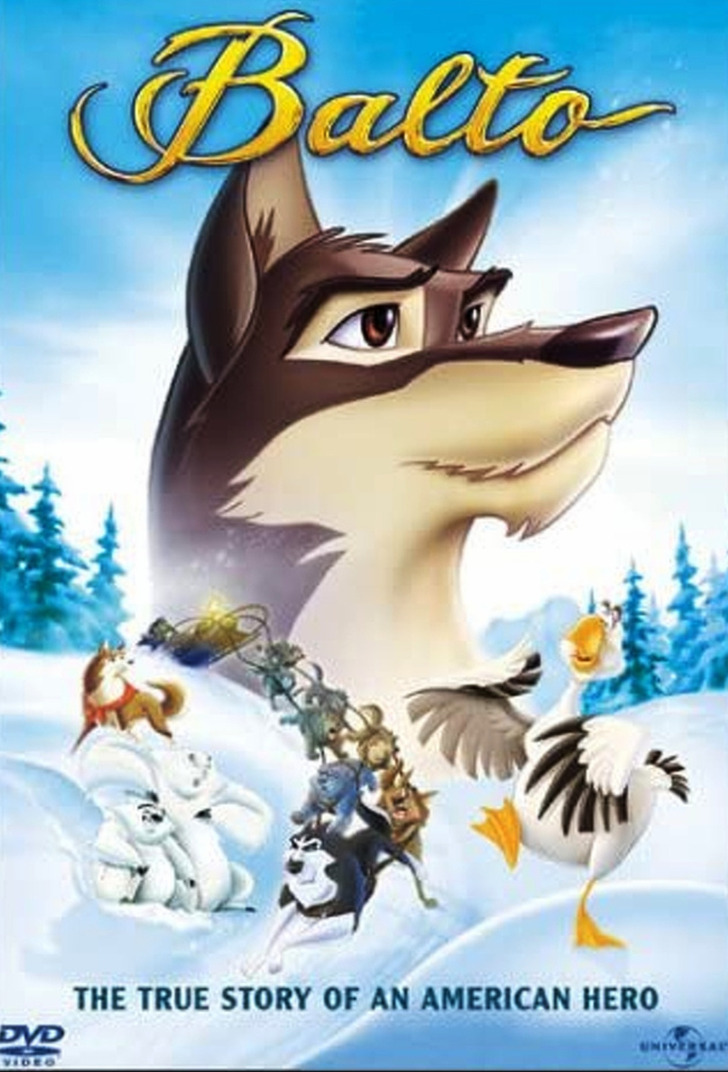The True Story Behind “Balto” Is Even More Intense Than The Animated Film
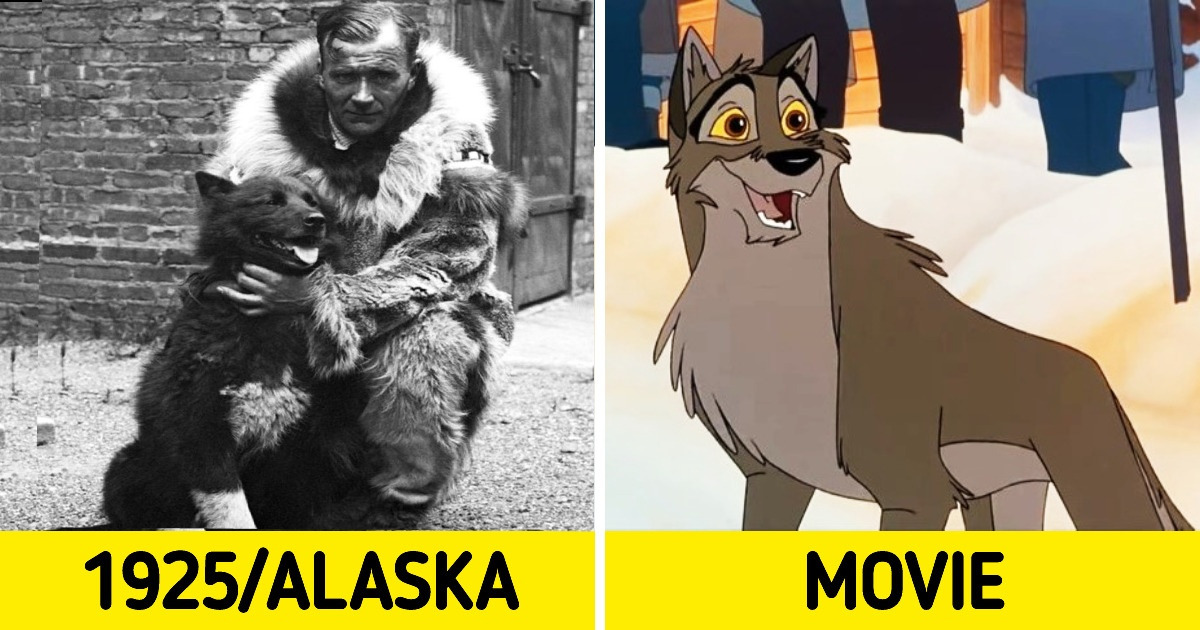
Imagine a day during the harsh wintertime, the roads are closed, and you urgently need to fetch a critical vaccination from miles away. Think about a dog that does it for you much faster than you could ever ask for and saves dozens of children’s lives.
5-Minute Crafts dedicates this article to Balto — one of the most courageous dogs in history and his epic deed that we’ll always be grateful for.
Get to know Balto — the hero that saved many lives.
Every once in a while, we realize that animals could be our best friends forever, especially when they achieve the impossible and bring the best out of any situation. Balto was a young black and white sled dog named after the explorer — Samuel Johannesen Balto. He was firm with a boxy, barrel-shaped chest and was about 55-60 pounds (24-27 kilograms) which was the typical size for a Siberian Husky at the time.
He lived a quiet life in Nome, Alaska, a city in the US with a subarctic climate — long, freezing winters and short, cool summers.
Yet, his owner, Leonhard Seppala, didn’t consider breeding him because he thought Balto didn’t have the physique to be a racing dog. So, he assigned him to work on the freighting teams, pulling cargo by sled instead.
1925 — diphtheria broke out
It wasn’t until 1925 that diphtheria, a bacterial infection, broke out, swept through the city, and threatened the lives of many children in its path.
Some diphtheria antitoxin batches had expired, and the shipment got delayed before the port was closed because of the winter weather. Dr. Curtis Welch, the only doctor in Nome, ordered more diphtheria antitoxin.
The only way for the children to survive was through this diphtheria antitoxin, and there wasn’t enough in Nome. The closest place to access was miles away and through a path called Iditarod Trail, which was usually used to carry mail.
How the epic Serum Run began
Balto was the lead of that final 55-mile-leg, successfully delivering diphtheria antitoxin to Nome, Alaska. Gunnar Kaasen, a Norwegian immigrant, was the musher of this last stretch.
Balto dared to deliver the serum faster than imagined. Another courageous dog, Togo, covered a significant portion of the race, nearly 260 miles.
After his epic trip, Balto became famous. He lived at ease until his death on March 14, 1933, when he was 14. Frederick Roth, an American sculptor, worked on Balto’s bronze statue which was unveiled in December 1925.
To this day, he is commemorated with a bronze statue in New York’s Central Park.
Bonus: Balto (1995)
The animated film, Balto was produced in 1995 by Steven Spielberg’s Amblimation animation studio, starring Kevin Bacon and Bob Hoskins as lead voice actors. It was loosely based on its story that Balto helped save children from the diphtheria epidemic in the 1925 serum run to Nome. It performed modestly at the box office. However, it caught success when it was re-released in sequels, namely, Balto: Wolf Quest and Balto III: Wings of Change.
🎞️ Note: If you want to read more about our movie-related articles, check these out!
10 Movie Mistakes in Film History: click here.
10+ Fun Facts About Kung Fu Panda: click here.
12 Sloppy Movie Bloopers Directors Wished You’d Never Notice: click here.
